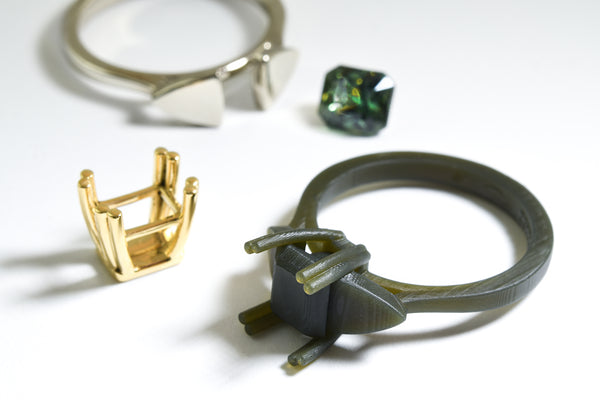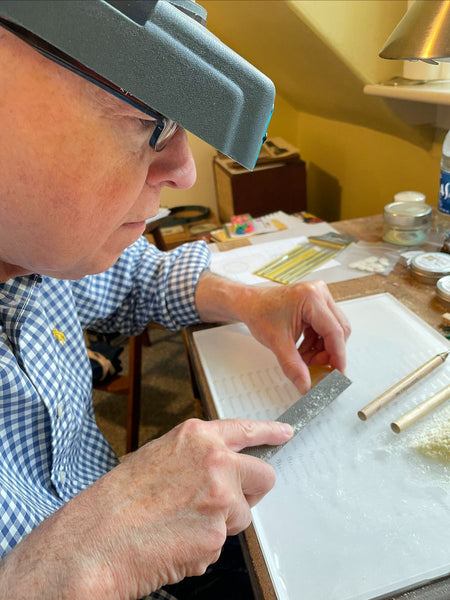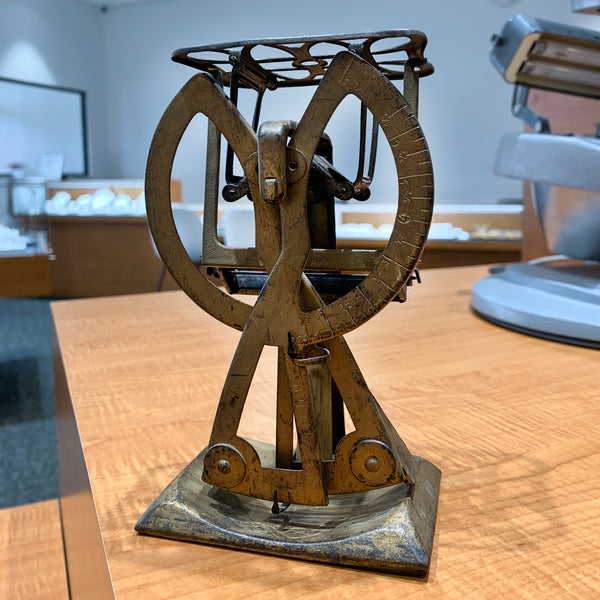October Birthstones: What You Need To Know About Opal & Tourmaline Jewelry
October people are lucky—they get two beautiful birthstones, opal and tourmaline. Choose one, or combine them. They can look beautiful when worn together, depending on the color of each and what you prefer. Opal is a romantic, mysterious gemstone that has captured people's fancy for centuries. Tourmaline, the official gem of the Zodiac sign Leo, is one of the most colorful gemstones in the world.
The two gems are very different, and not just in their colors. Opal is in a class by itself, since it is opaque with flashes of color. It usually is cut as a cabochon, which means a flat or domed smooth top. Tourmaline is usually clear, comes in many colors, and is often faceted to create sparkle.
Let’s take a look at each one of these beautiful October birthstones, including fun facts, their history, and how to wear and care for them.
Fun Facts About the Tourmaline Gemstone
The name "tourmaline" comes from Sinhalese (Sri Lanka) and translates into English as "stone of mixed colors." Tourmaline became valued in Europe when the Dutch began to import it from Sri Lanka in the early 1700s. In 1812, tourmaline was officially crowned by the National Association of Jewelers as one of the two October birthstones. Tourmaline comes in more colors than any other gemstone does. Traditionally, pink has become the color for October, although any color of tourmaline can signify October.
Tourmaline is also well known for its medicinal purposes. Shamanic use of tourmaline regionally through the ages includes healers from Africa, India, and Aboriginal and Native American tribes. People believe that the gemstone promotes happiness, balances chakras, and builds self-confidence. Crystal wands made from tourmaline are considered excellent tools for cleansing the aura. The energies within the crystals differ depending on the specific colors. For example, pink tourmaline promotes love and joy, while the watermelon tourmaline bonds the heart chakra energies with the higher self.
Some of the most beautiful tourmalines are blue to green in color. Tourmaline is pleochroic, meaning that when you look at a gem from one end, it appears one color, and when you look at it from a different angle, it appears to be a different shade or even a different color.
Tourmaline can also have several colors in one crystal, resulting in a bicolor tourmaline and the famous watermelon tourmaline. The watermelon tourmaline is pinkish-red in the center, then changes to white and green on the outside. The crystals are long and narrow, so the three colors can also appear side by side along the crystal.
Fun Facts About the Opal Birthstone
Opal’s dramatic play of color has been compared by writers to galaxies, fireworks, and volcanoes. The ancient Greeks considered opals to serve as protection from disease, and Europeans considered opal to be a symbol of purity, hope, and truth. During the Middle Ages, people believed that the opal possessed the powers of each gemstone whose color appeared in its sheen.
Opal is an incredibly transformative stone, and it is thought to inspire confidence, motivation, and optimism. The fascinating gemstone is opaque with flashes of color. It is usually cut as a cabochon, which means it has a smooth top, either flat or domed.
Opals may have a body color that is dark or light. It has a characteristic called a "play of color." As the gem is viewed from different angles, you can see flashes, movement, and a variety of colors. An opal’s play of color is the result of the refraction of light passing through tiny silica spheres that make up the opal gemstone. The diameter and spaces between the spheres determines each hue that we see.
Almost all opal comes from Australia. There are several different types. Black opal is the most valuable, and can actually cost more per carat than a diamond. White opal is more plentiful, and boasts a white body with a rich gleam of flashes, or play of color. Blue is the most common color and red is the rarest.
Some opal is semi-black, meaning that its color is darker than white opal, but not black. This creates a softer look—the colors are not as dramatically vibrant as the colors in black opal. Boulder opal has a brown ironstone backing, intense color, and the surface of the gemstone is sometimes cut in an undulating shape rather than flat or domed. This is called "following the fire,” which means following the layer of colored opal as it has formed in the rock.

How to Care for and Wear Your Opal Jewelry or Tourmaline Jewelry
Opal is a more fragile gemstone than tourmaline, and is very well suited to wearing as earrings and pendants. Because of its high water content, it can be affected by extreme temperature changes, and is easily damaged by impact. Think of it as glass—it has the same hardness.
When wearing opal jewelry, keep in mind that the unique properties of this enchanting gemstone require a little extra care. Follow these tips to ensure that your tourmaline and opal birthstones can last through decades of wear:
-
For safe wear as a ring or bracelet, the opal can be bezel-set in a frame of metal rather than prongs. This protects the edges of the gemstone.
- If you prefer an opal ring or bracelet, be aware that you might want to reserve it for wear on special occasions, as it will not withstand the impact of hitting a hard surface.
-
Many jewelry items are set with opal doublets or triplets. These are made by bonding a layer of opal gemstone with a backing—usually black colorless opal—to make the colors more vivid. This makes a doublet.
-
A triplet is a doublet that has an additional layer on top of the opal, so the opal is sandwiched. This clear top layer can be glass or quartz, and may have a higher dome to make the gem appear larger.
- Doublets and triplets are less costly than solid pieces of opal. Triplets are actually more resistant to damage from impact, because the top layer protects the opal.
-
Opal is best worn as earrings and pendants, but if you do want a ring or bracelet, be aware that it is advisable to wear these pieces for occasions only, as they are not suitable for everyday wear.
-
Be sure to remove an opal ring before doing tasks such as gardening or lifting furniture.
- Put your opal jewelry on after you have used beauty products or makeup, so the gemstones are not damaged by chemicals.
-
If your opals do become dull, they can be repolished by a jeweler. Contrary to legend, it's not a good idea to oil opals. It may temporarily make them look shinier but they do not benefit from this.
- To clean tourmaline jewelry, soak the pieces for a few seconds in warm water and a very mild soap or detergent. Then, buff in soft, circular motions using a brush with very soft bristles.
- It’s important to not expose your tourmaline jewelry to hot water, so it’s recommended that you remove any tourmaline jewelry before taking a shower to preserve their bold color.
Plante Jewelers offers a wonderful selection of gorgeous opal and tourmaline October birthstone jewelry to match your personal style. October birthstones make the perfect gift for your October-born friends and family, year-round. Our custom jewelry designers in Swansea, Massachusetts can help you create a piece that is purely your own. Or, we can provide a gift certificate for that special someone. He or she can come in to the shop, pick the perfect gem, and work with our designers to create the perfect piece.
Leave a comment
Comments will be approved before showing up.








Nancy Plante
Author